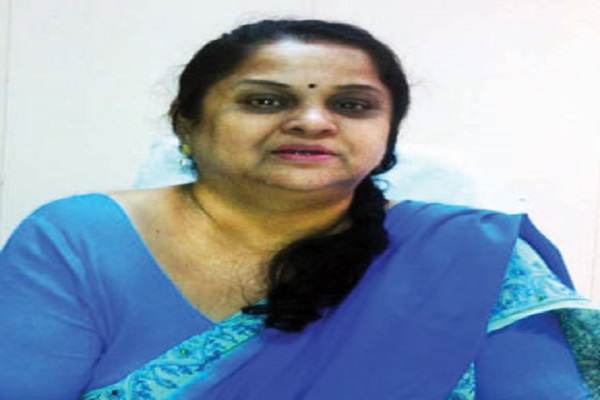
At a time when a large number of cities are putting in rigorous efforts to transform themselves into smart cities, the Panchayati Raj and Rural Development Department of Madhya Pradesh is striving hard to make its villages smarter where citizens can have all basic amenities and better employment prospects. Aruna Sharma, Additional Chief Secretary, Panchayati Raj & Rural Development, throws light on some of the unique initiatives of her department. Excerpts from an interview with Vishwas Dass of Elets News Network (ENN)
What are the various IT initiatives your department has taken to improve citizen services, particularly in the rural areas?
As the country is progressing fast, it is necessary that the use of IT is made not only for data computation, but also for proper analysis and moving ahead of the same. When we talk of a smart city, there should also be talks about a smart village in terms of infrastructure, social sector benefits, livelihood opportunity to reduce migration to a considerable extent and the social changes. So, in this background, there is a strong role of eGovernance in the whole thing. For panchayats, we have now arranged an excellent fund flow for the coming five years. The 14th Finance Commission is going to give enough money to the gram panchayats, so that they can meet their infrastructure needs. The first component of a smart city is to have excellent quality infrastructure, like roads, drains, pukka houses, piped water system, water tap in every household, panchayat buildings, financial connectivity, etc.

The fund flow is going to be nearly `14,000 crore in the coming five years. Similarly, in the next five years MNREGA will also have sufficient funds, which will be used for the rural infrastructure. With this combination, there is no reason that infrastructure can’t be supported financially.
Is there any mechanism in place for keeping an account of the money being spent?

It is very important to have a very strong fiscal system in place. So, we have adopted ‘Panchayat Darpan’ software where every single penny sent to panchayats is recorded. Panchayat Darpan will create a unique ID for each work and all the expenditures will be made through the software. The remittances will be cleared by the software and will go to the bank straightway, from where it will go to the accounts of labourers and material suppliers, among others. This is a major step towards eGovernance to bring fiscal discipline and transparency in the panchayats.
The second software that we are working on is ‘Samagra’, which has a database of every individual of Madhya Pradesh based on the family. So, we have a family unique ID number and individual numbers. The limitation of Aadhaar is that it does not enable us to know about the family. In 90 percent of the benefit schemes, whether individual or family schemes, one needs to know the family. Unfortunately, there was no way for us to know the family. But now, with the help of Samagra database, all individual and family scheme benefits reach directly to them. So, whether it is a house under the Indira Awas Yojana or toilets, we are tagging it with the Samagra database. Similarly, pensions and scholarships also go through Samagra.
The third one is MNREGA software, which captures all the details of all the works that are happening. These three software are in the public domain, so that nobody eligible and missed out from the scheme has any doubts about community works, and individual and family benefit schemes.
It is very important to have a very strong fiscal system in place. So, we have adopted ‘Panchayat Darpan’ software where every single penny sent to panchayats is recorded
How are you strengthening the citizens’ grievance redressal system to weed out problems faced by the people?
As for grievance redressal mechanism, we have the CM Helpline to ensure 100 per cent compliance rate. Besides, we have toll free helpline in MNREGA and various other helpline numbers to help people get their complaints resolved. Another helpline is 181, which is very popular and the number of users is rising each passing day. As soon as one lodges complaints, we can analyse the problem immediately.
What is your opinion about the proposed Smart City project?
The Smart City concept in my view consists of several components, like basic civic facilities, drains, drinking water, sewage and access to public transport. While doing systematic planning, every city’s uniqueness has to be kept in mind; each locality has to have its own pattern of setting up things and how they are going to move ahead on that. An excellent public transport system is essential for any smart city through which people can travel in a hassle-free manner. Most importantly, transportation system in a smart city should also take care of the needs of pedestrians and cyclists, their safety and pedestrians’ movements. In addition to this, there should be a common utility duct policy, so that nobody digs up roads haphazardly. Basically, a smart city should strictly adhere to the principles which are in practice across the globe.
Be a part of Elets Collaborative Initiatives. Join Us for Upcoming Events and explore business opportunities. Like us on Facebook , connect with us on LinkedIn and follow us on Twitter, Instagram.











